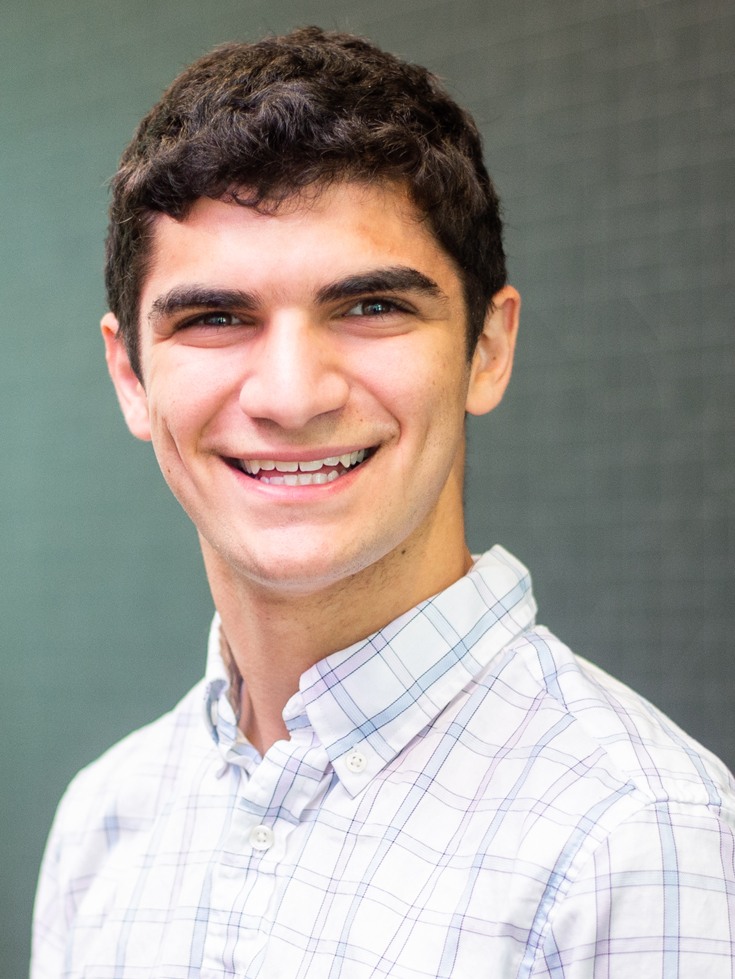"Congratulations! I am delighted to inform you that you have been admitted to Brown University's Class of 2022."
Benjamin Budway ’22 had to reread the first few lines of his acceptance letter before it finally registered. He got into Brown. It was his top-choice school by a longshot for many reasons, but chief among them was the applied math program. Not many colleges have an applied math program, but Brown did—and it's one of the best in the country.
The pros were endless, but there was one very large con: the price tag. Brown was more expensive than the other schools he had been accepted to. Budway and his family feared that a Brown education would come at the cost of decades of paying off loan debt.
Had he applied any other year, Budway may have had to say "no" to Brown. But this wasn't any other year. It was the first year of an initiative that would be a game-changer for Brown admission—The Brown Promise.
What is The Brown Promise?
Launched in the fall of 2018, The Brown Promise removes loans from all undergraduate financial aid packages awarded by the University and replaces them with scholarships. In other words, students with demonstrated need admitted to Brown could come to College Hill and potentially leave with little or no debt.
For Dean of Financial Aid Jim Tilton, that's a big deal: "The total number of four-year colleges and universities is roughly 3,200. There are only 56 schools that are both need-blind and meet 100 percent of demonstrated need. Of those 56 schools, Brown is one of 18 schools meeting that need with 'no loan' aid packages. That is a very small and exceptional group of schools."
